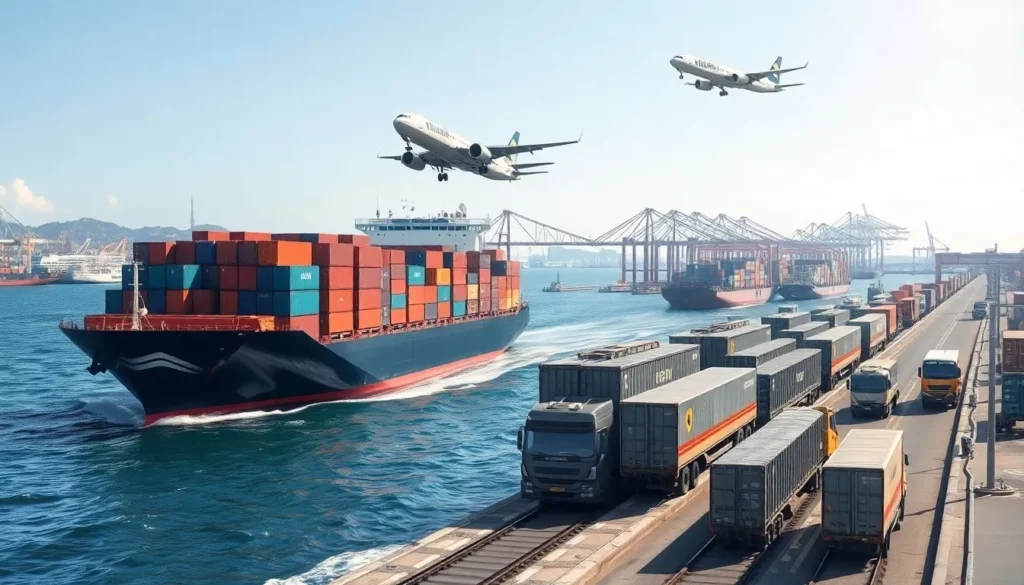Whether you’re an e-commerce retailer or a procurement manager, understanding the nuances of shipping goods from China to Spain is key to ensuring a smooth and efficient logistics process. With the right information, you can navigate the complexities and make informed decisions that will best suit your business needs.
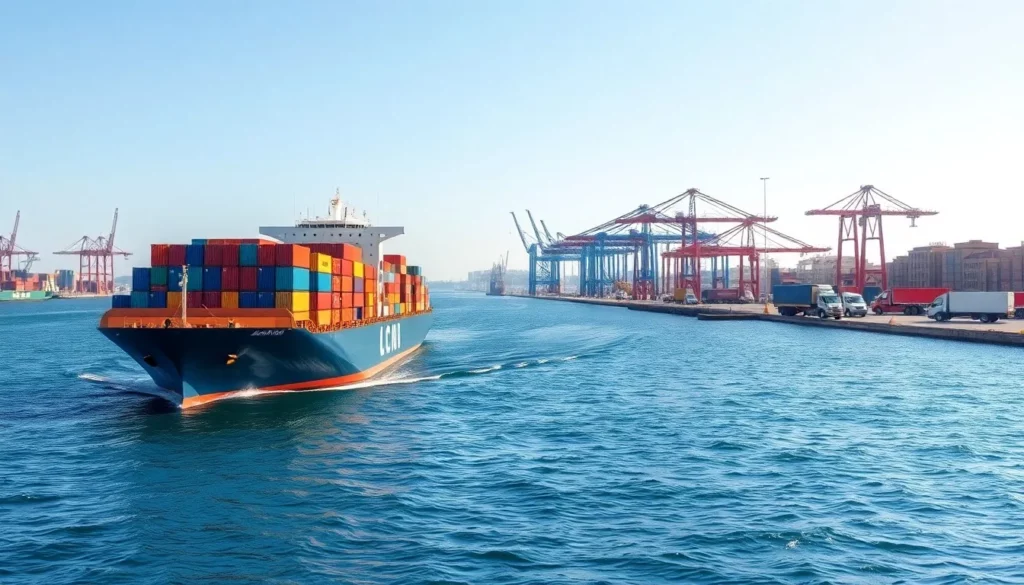
Understanding Your Freight Options:
When you think about shipping from China to Spain, it’s not a one-size-fits-all scenario. You have various options, each suited to different types of goods and transit priorities.
Sea Freight from China to Spain: The Economical Choice for Bulk Shipments
Sea freight has long been the backbone of international trade. It’s the most economical choice for businesses that deal with large volumes of goods. While sea freight may not be the fastest, it offers unmatched capacity and cost efficiency.
Sea freight is ideal for transporting bulk goods, especially those that aren’t time-sensitive. This method allows you to opt for FCL (Full Container Load) or LCL (Less than Container Load), depending on the volume of your shipment. For a seamless experience, knowing the key ports in China like Shanghai, Shenzhen, and Ningbo, and their Spanish counterparts such as Valencia, Barcelona, and Algeciras is crucial.
FCL (Full Container Load) v.s. LCL (Less than Container Load)
Choosing between FCL and LCL will depend on your specific needs. FCL is when you have enough goods to fill an entire container, ensuring that your items stay together without sharing space with others. This option is often more straightforward and quicker in terms of processing and transit.
On the other hand, LCL involves sharing container space with other shipments, which can be cost-effective for smaller loads. However, it may entail a bit more handling and longer transit times due to the consolidation and deconsolidation processes.
Understanding the major ports is also critical. For instance, Shanghai Port is not only China’s busiest but also globally leading in container throughput. Meanwhile, Spain’s Port of Valencia serves as a major gateway for trade in the Mediterranean, connecting to vital European logistic networks.
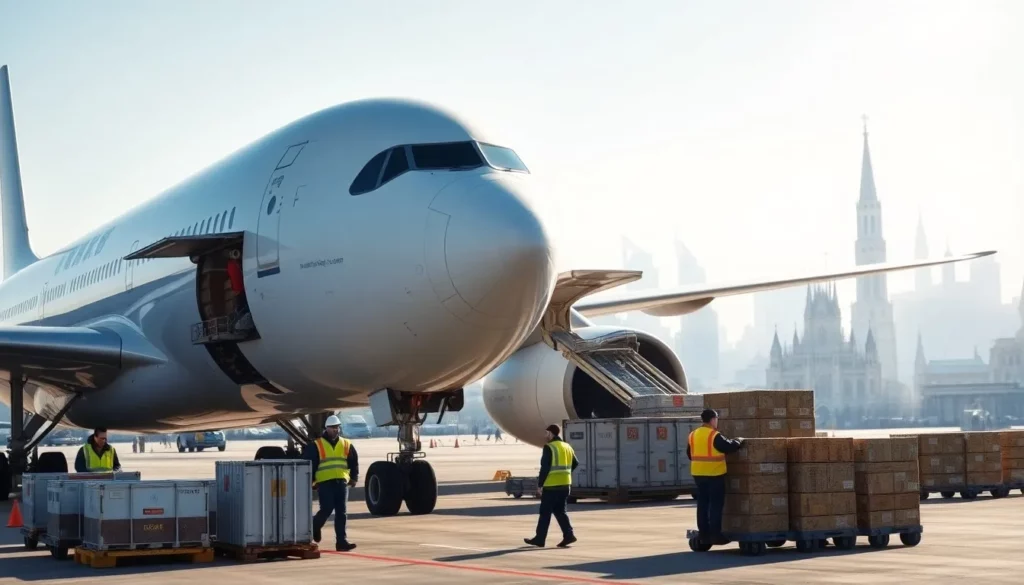
Air Freight from China to Spain: Speed and Efficiency for High-Value Goods
For businesses needing to move goods quickly, air freight is the prime choice. It offers speed and reliability, which is essential for high-value, time-sensitive, or perishable items. Though air freight can be more costly, it’s often justified by the delivery time it offers.
Air Freight Considerations:
When time is of the essence, air freight is unbeatable. Major air cargo hubs such as Beijing Capital International Airport and Shanghai Pudong International Airport connect seamlessly with Spanish airports like Adolfo Suárez Madrid-Barajas and Barcelona-El Prat.
Several factors affect air freight costs, including the weight and volume of your shipment, as well as fuel surcharges and airport handling fees. It’s important to collaborate with a reliable freight forwarder to navigate these variables efficiently.
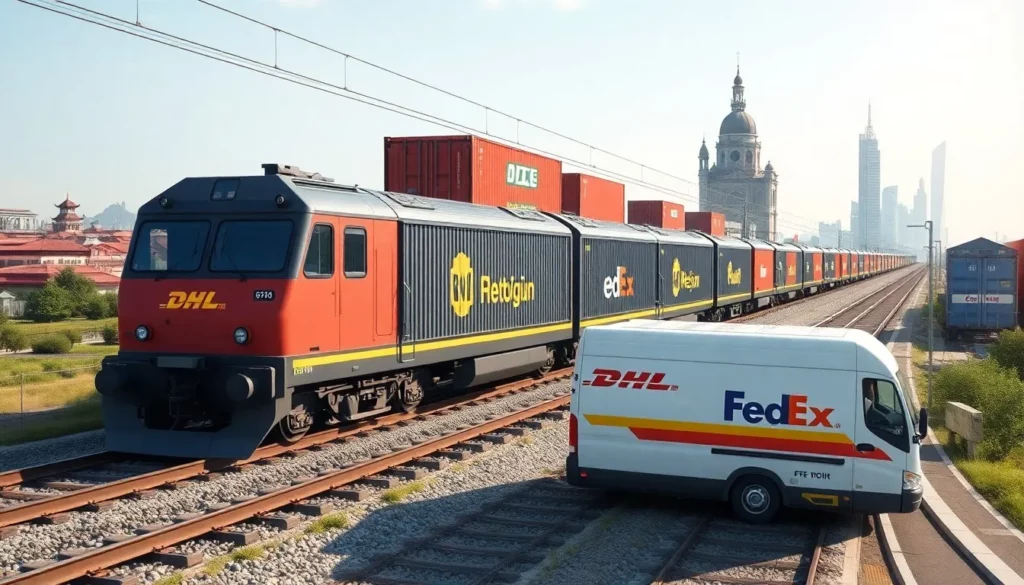
Rail Freight from China to Spain: A Balanced Alternative
Rail freight has emerged as a middle-ground option, offering a balance between sea and air freight. It’s faster than sea freight and more economical than air freight, making it an attractive option for many businesses.
Rail Freight Advantages:
The New Silk Road rail route connects China with Europe, providing a direct link that offers both speed and cost savings. Rail freight is ideal for goods that aren’t highly time-sensitive but need to be delivered quicker than sea freight timelines. Items such as electronics, industrial parts, and fashion items often benefit from this service.
Express and Door-to-Door Shipping: Convenience for Smaller Parcels
For businesses handling smaller parcels or samples, express and door-to-door services offer unparalleled convenience. They eliminate the hassle by managing the entire transit from your supplier in China to your customer in Spain.
Express Courier Details:
Leading courier services like DHL, FedEx, and UPS provide door-to-door solutions that include real-time tracking and reliable delivery timelines. They are ideal for e-commerce businesses needing to ship goods like clothing, gadgets, or even samples.
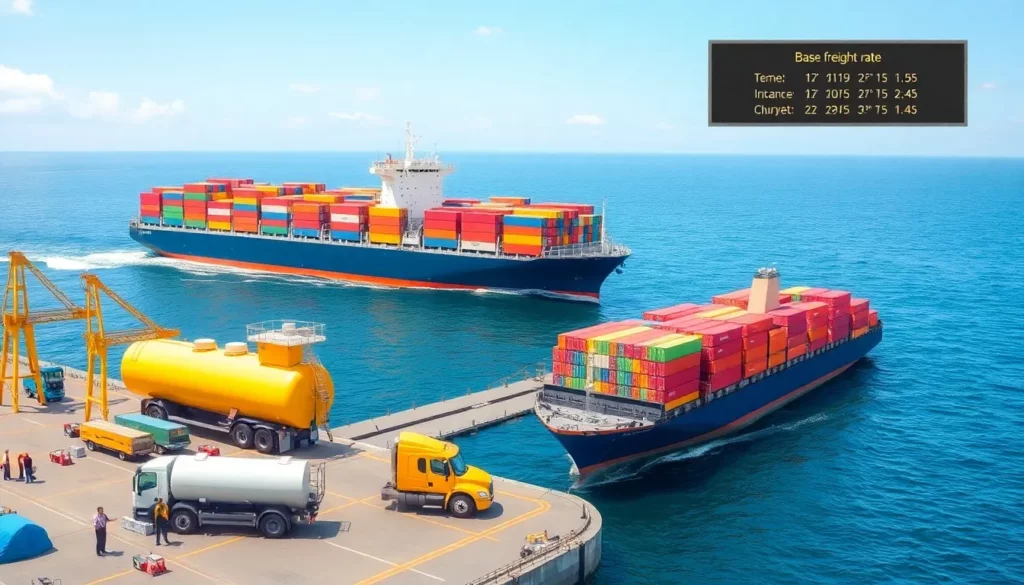
Key Factors Influencing Shipping Costs
Shipping costs from China to Spain are influenced by multiple factors, each affecting the final freight quote.
Understanding Freight Quotes: What’s Included?
A comprehensive freight quote typically includes various cost components, giving you a clear picture of what to expect financially.
Cost Components:
Understanding each component is crucial:
- Base Freight Rate: The base charge for moving your goods.
- Fuel Surcharges: Additional costs reflecting fluctuations in fuel prices.
- Terminal Handling Charges: Fees for loading and unloading at ports.
- Customs Brokerage Fees: Charges for handling customs processes on your behalf.
- Insurance Costs: Protects from potential loss or damage during transit.
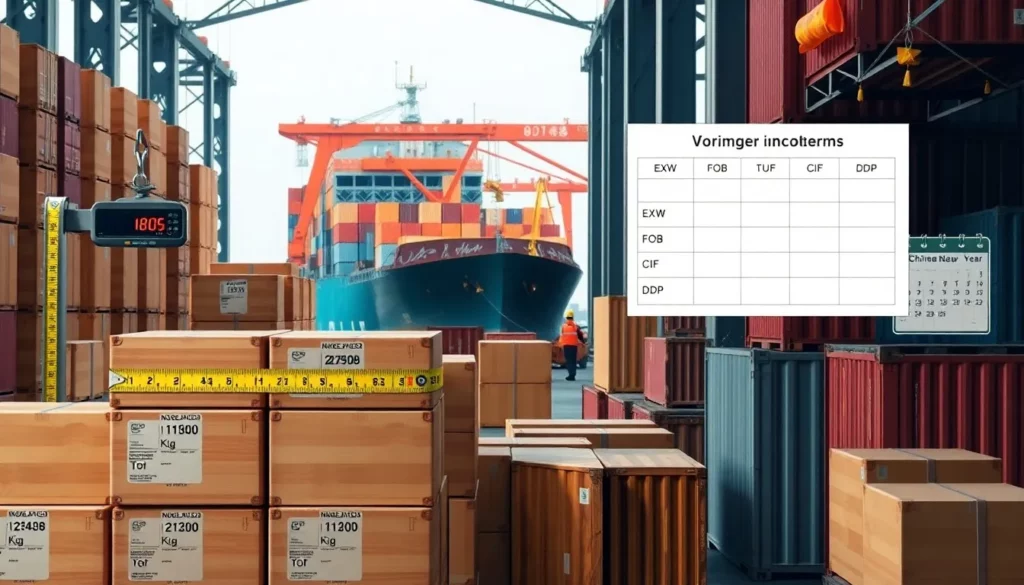
How Shipment Weight and Volume Impact Pricing
Both the weight and volume of your shipment significantly impact pricing. It’s measured in either kilogrames or cubic meters, depending on which is greater, with higher measurements leading to higher costs.
The Role of Incoterms in Determining Costs and Responsibilities
Incoterms define the responsibilities between buyers and sellers during the shipping process, influencing who bears various costs.
Common Incoterms
Key Incoterms include:
- EXW (Ex Works): Buyer assumes all logistic costs and risks once the goods leave the factory.
- FOB (Free on Board): Seller covers costs until goods are on the vessel, after which the buyer takes over.
- CIF (Cost, Insurance, and Freight): Seller pays for insurance and freight, but risk transfers to the buyer once goods are on board.
- DDP (Delivered Duty Paid): Seller covers all costs, including duties, until goods reach the buyer’s location.
Seasonal Fluctuations and Their Effect on Shipping Rates
Just like any industry, shipping prices can also be affected by seasonal peaks and lows. For instance, during the Chinese New Year, factory closures can impact production and shipment schedules, leading to higher rates due to demand surges.
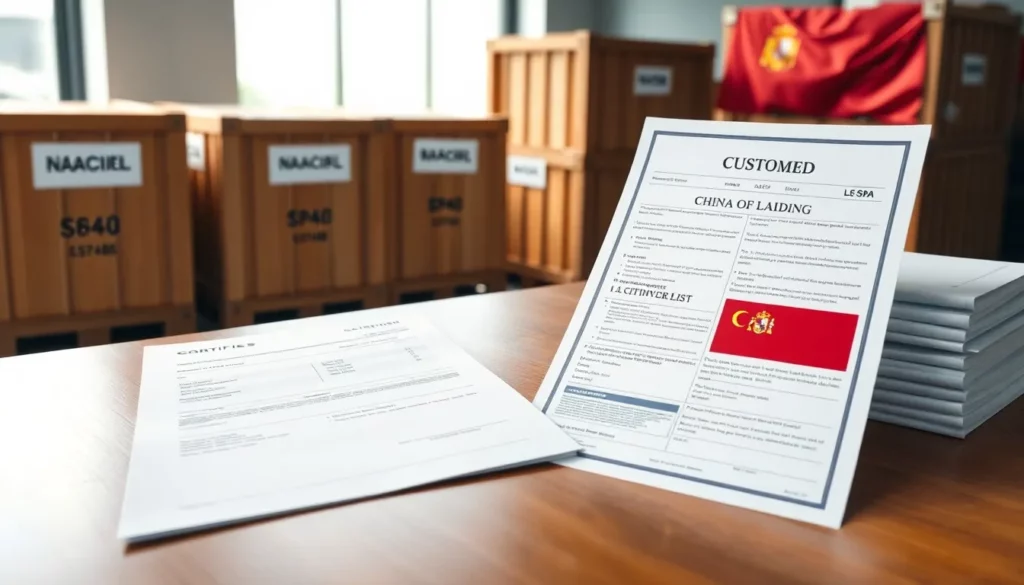
Customs and Documentation for Shipments to Spain
Navigating customs and ensuring you have the necessary documentation is crucial in avoiding delays.
Essential Shipping Documents from China
To move goods smoothly, ensure you have key documents in order.
Required Paperwork:
- Commercial Invoice: Proves the sale and details the transaction.
- Packing List: Describes the items and quantity shipped.
- Bill of Lading or Air Waybill: Acts as a receipt for the shipment.
- Certificate of Origin: Declares the goods’ country of manufacture.
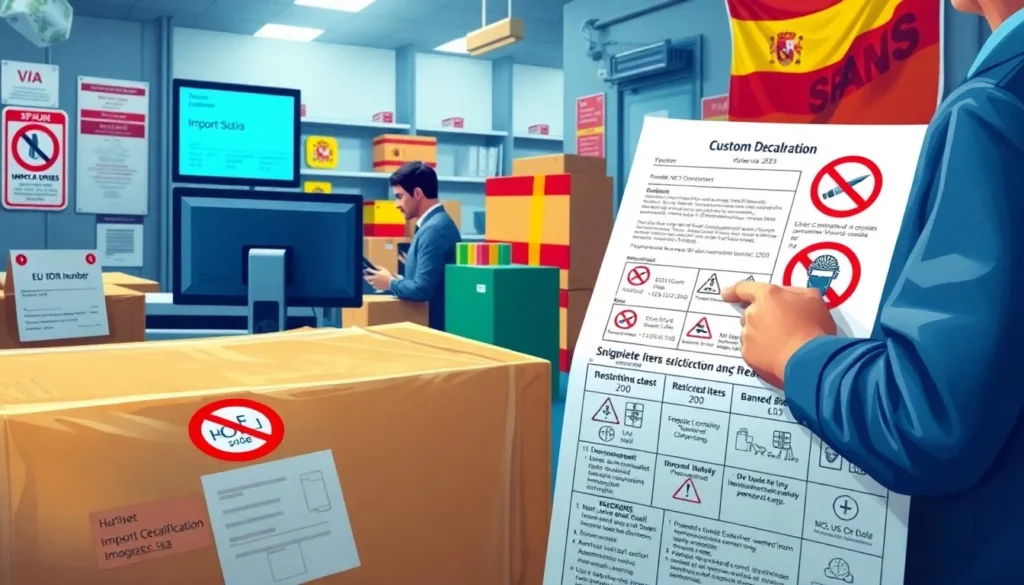
Spanish Import Regulations and Compliance
Understanding Spanish regulations ensures compliance and smooth customs clearance.
Spanish Customs Essentials:
- The Customs Declaration Process involves presenting all documents for goods entry clearance.
- An EU EORI Number is needed for shipments within the European Union.
- VAT and Import Duties apply to imports, impacting overall costs.
Prohibited and Restricted Items When Shipping to Spain
Certain items face restrictions or are prohibited when shipping to Spain. Ensure you’re familiar with these to avoid legal issues.
The Importance of Accurate Product Classification (HS Codes)
HS Codes are crucial for defining tariffs and duties. Accurate classification avoids penalties and ensures the right duties are applied.

Estimated Transit Times:
Understanding transit times helps in planning and setting expectations.
Sea Freight Transit Times: Port-to-Port and Door-to-Door
Typically, sea freight transit from China to Spain can take between 30 to 40 days, depending on the chosen ports and any customs processing time.
Air Freight Transit Times: Faster but Variable
Air freight is much quicker, often arriving within 3 to 7 days. However, processing time at airports can introduce some variability.
Rail Freight Transit Times: The Middle Ground
Rail freight offers competitive transit times, generally taking around 18 to 25 days.
Factors That Can Influence Shipping Durations
Several factors can influence these estimates, such as the type of goods, their handling requirements, and selected routes.
Potential Delays:
Be mindful of potential delays like port congestion, customs processes, weather conditions, and holiday seasons in both China and Spain.
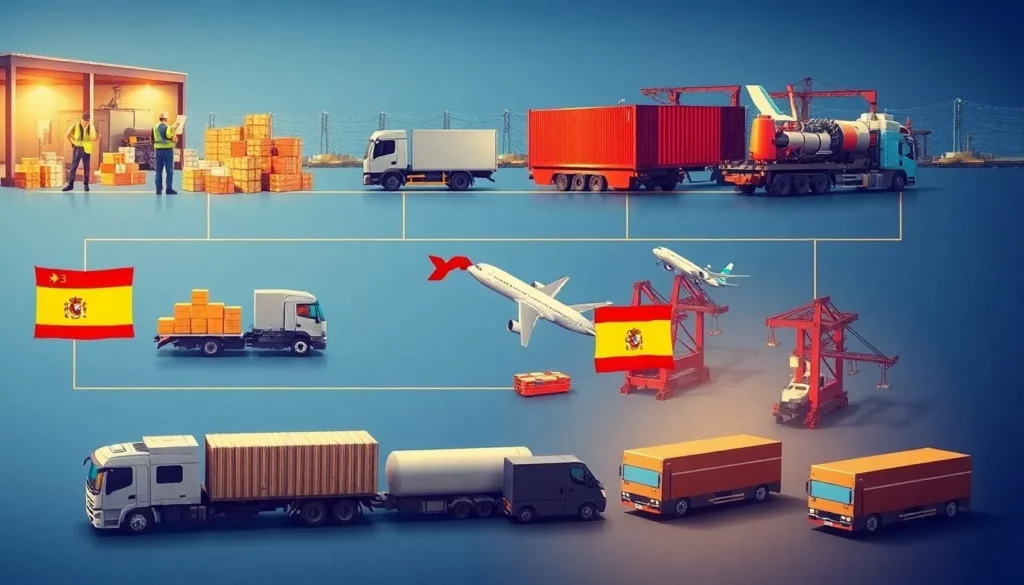
The Shipping Process Demystified:
To ensure a smooth shipping journey, it helps to understand each step of the process.
Step 1: Preparing Your Goods for Export from China
Your preparation should include checking product compliance, documentation, and secure packaging.
Step 2: Arranging Local Transport in China (Origin Haulage)
Efficient local transport arrangements ensure timely pick-up and delivery to ports or airports.
Step 3: Chinese Export Customs Clearance
Navigating China’s export customs clearance involves adhering to regulations and ensuring paperwork is complete and accurate.
Step 4: Freight Transit (Sea, Air, or Rail)
Choosing the right freight mode depends on the balance you need between cost and time.
Step 5: Arrival in Spain and Import Customs Clearance
Once in Spain, import customs clearance must be managed promptly to avoid delays.
Step 6: Final Delivery within Spain (Destination Haulage)
Finally, arranging from the port or airport to the final destination completes the logistics chain.
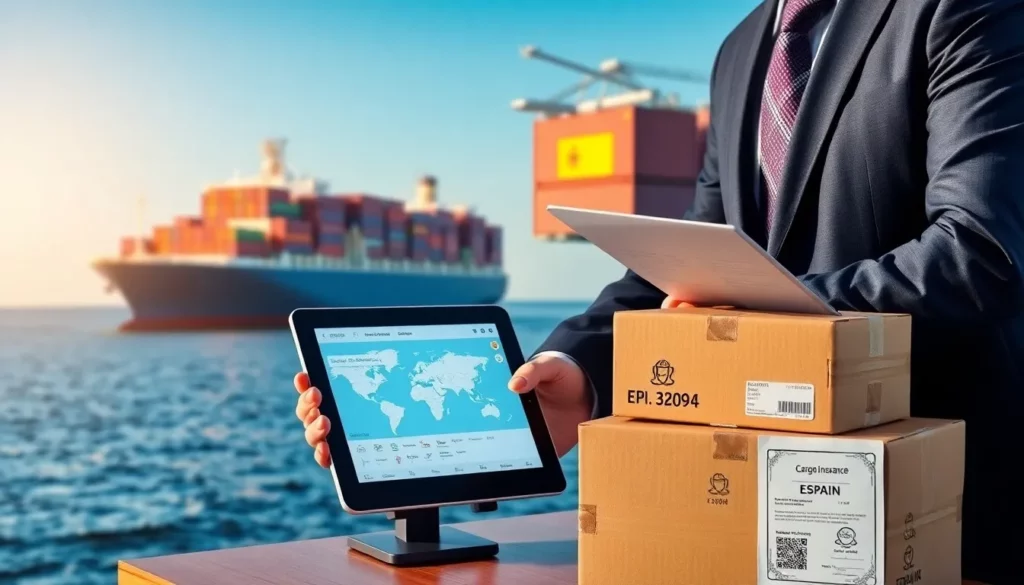
Tips for a Smooth Shipping Experience from China to Spain
Smooth shipping involves strategic planning and choosing reliable partners.
Choosing the Right Freight Forwarder for Your Needs
Selecting the right forwarder is crucial for seamless transit.
Key Selection Criteria:
Look for experience, reputable networks, diverse services, and positive customer feedback when choosing a partner.
The Importance of Cargo Insurance
Cargo insurance protects against potential losses and is an essential part of international shipping.
Proper Packaging for International Shipments
Invest in robust packaging to protect your goods throughout their journey.
Understanding Tracking and Shipment Visibility Options
Tracking and visibility tools keep you informed on your shipment’s status, enhancing peace of mind.
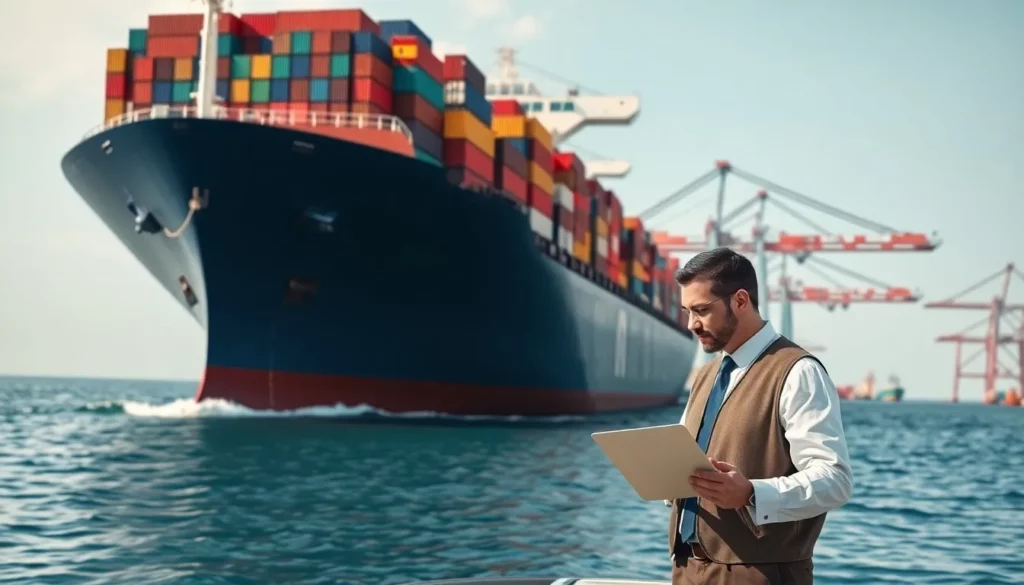
Frequently Asked Questions (FAQs)
1. What is the cheapest way to ship from China to Spain?
Sea freight remains the cheapest option for bulk shipments, though it takes longer.
2. How long does it typically take for a container to arrive in Spain from China?
Generally, containers take about 30 to 40 days via sea freight.
3. What are the main import taxes I need to consider for Spain?
Expect to account for VAT and import duties on all goods entering Spain.
4. Can I ship DDP (Delivered Duty Paid) from China to Spain?
Yes, DDP allows the seller to cover all duties and taxes, filtering down to the buyer upon delivery.
5. How do I get a quote for shipping from China to Spain?
Consulting a freight forwarder or logistics company can provide accurate and attractive quotes.
Conclusion:
Making informed decisions about your logistics needs is vital. Consider collaborating with experienced logistics professionals to optimize your shipments from China, ensuring efficiency and reliability in your international trade ventures. By arming yourself with the right knowledge, you can navigate the complexities of shipping from China to Spain with ease and confidence.

